Technology Research
This project is an ongoing exploration of replicable, high-impact urban innovation solutions, with periodic updates. Hosted on a personalized and intuitive custom CMS platform, the content is based on secondary research and enriched by expert insights from urban innovators and city officials through qualitative research.
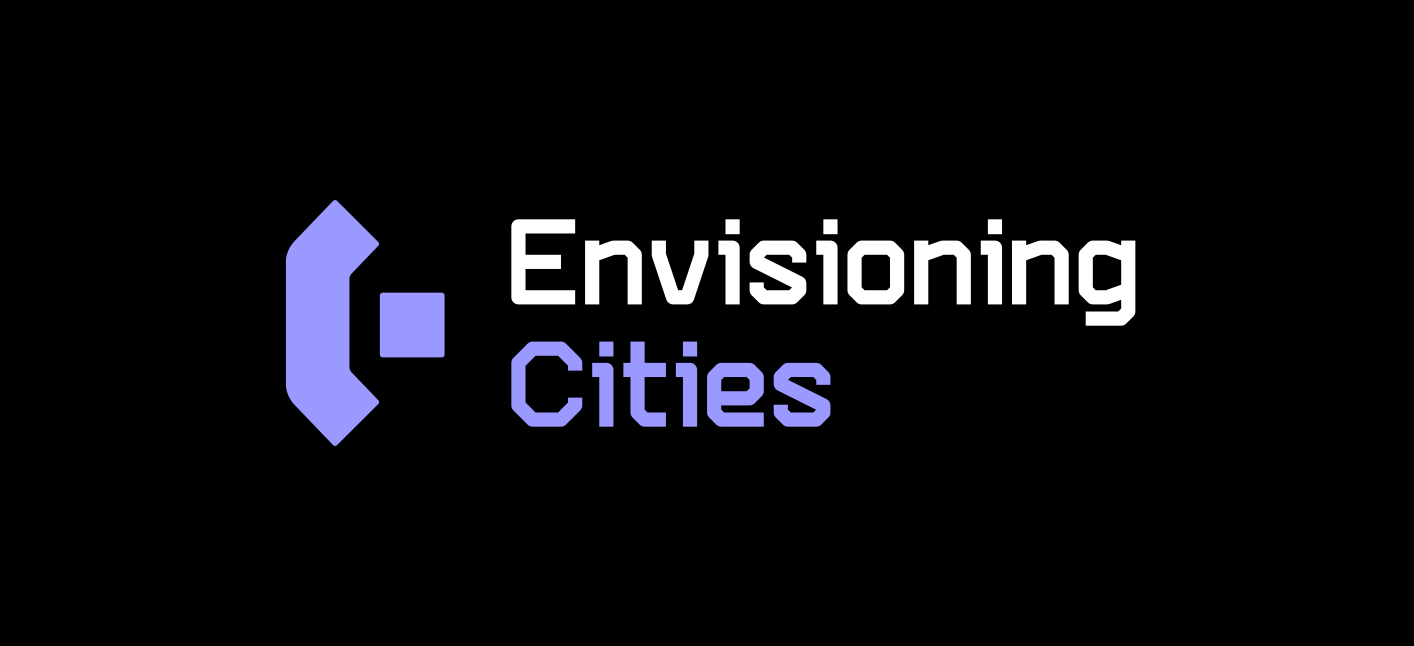 Discover emerging technologies shaping urban development worldwide with this AI-powered futures literacy tool.
Discover emerging technologies shaping urban development worldwide with this AI-powered futures literacy tool.Building upon the Deep Tech Fields defined by DTTI, we scouted our technology database to include tangible and detailed examples for the radar. The goal was to create a compelling mix of cutting-edge solutions and established technologies, catering to a wide range of audiences—students, enterprises, training providers, and investors. AI-generated images added a visual layer that enhanced user engagement. Our research process involved continuous feedback cycles with DTTI, refining the tech selection and ensuring high content accuracy.
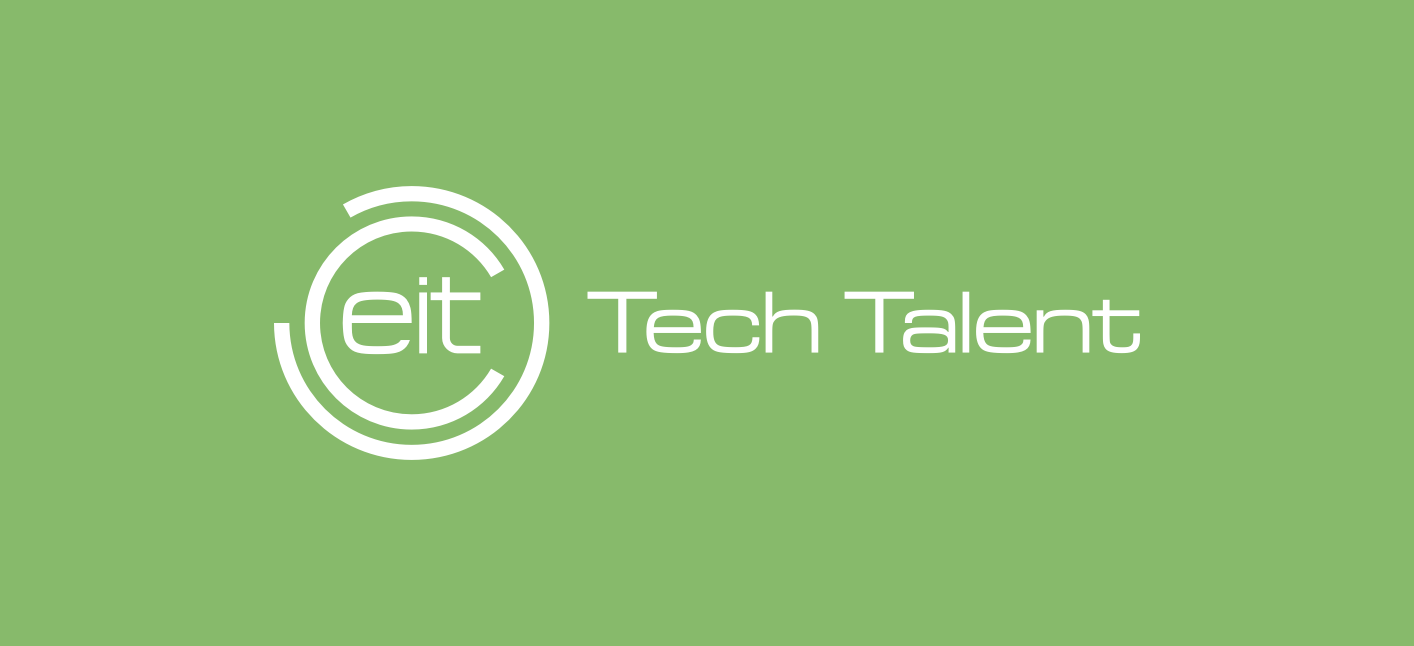 The EIT Deep Tech Talent Initiative (DTTI) radar highlights critical signals within the deep tech sector, alongside real-world use cases and contributions from project pledgers.
The EIT Deep Tech Talent Initiative (DTTI) radar highlights critical signals within the deep tech sector, alongside real-world use cases and contributions from project pledgers.To accelerate EPRI’s project kickoff, we conducted an initial sweep using our technology database. This preliminary research, supplemented by EPRI’s domain expertise, provided a solid foundation. The final delivery was enhanced through a customized CMS platform, allowing EPRI to continue expanding their research autonomously.
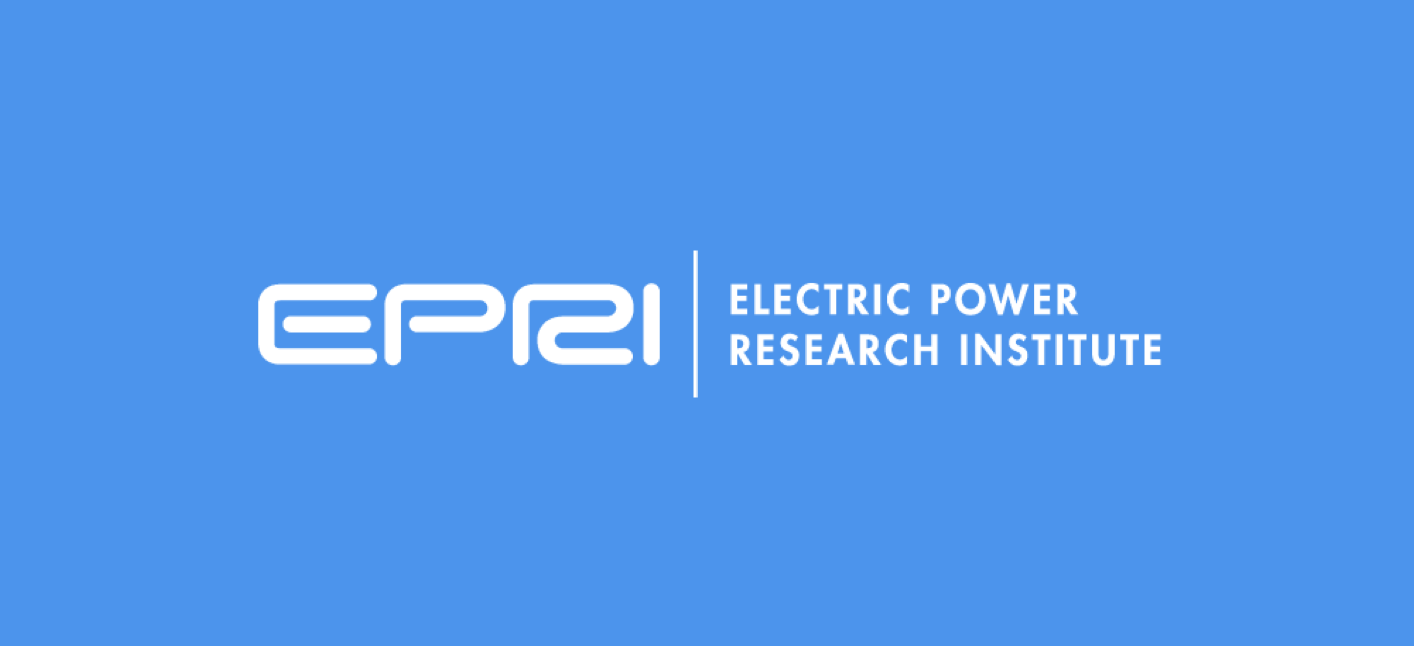 A joint initiative with the Electric Power Research Institute (EPRI) to identify and analyze emerging energy technologies that are driving innovation within the utility sector.
A joint initiative with the Electric Power Research Institute (EPRI) to identify and analyze emerging energy technologies that are driving innovation within the utility sector.EIT Manufacturing partnered with us in a continuous effort to map key emerging manufacturing technologies. Using EITM’s established frameworks for enabling technologies and innovation priorities, we conducted joint research to ensure relevance. Additionally, we set up a custom CMS installation, giving EITM full autonomy to update radar content as needed.
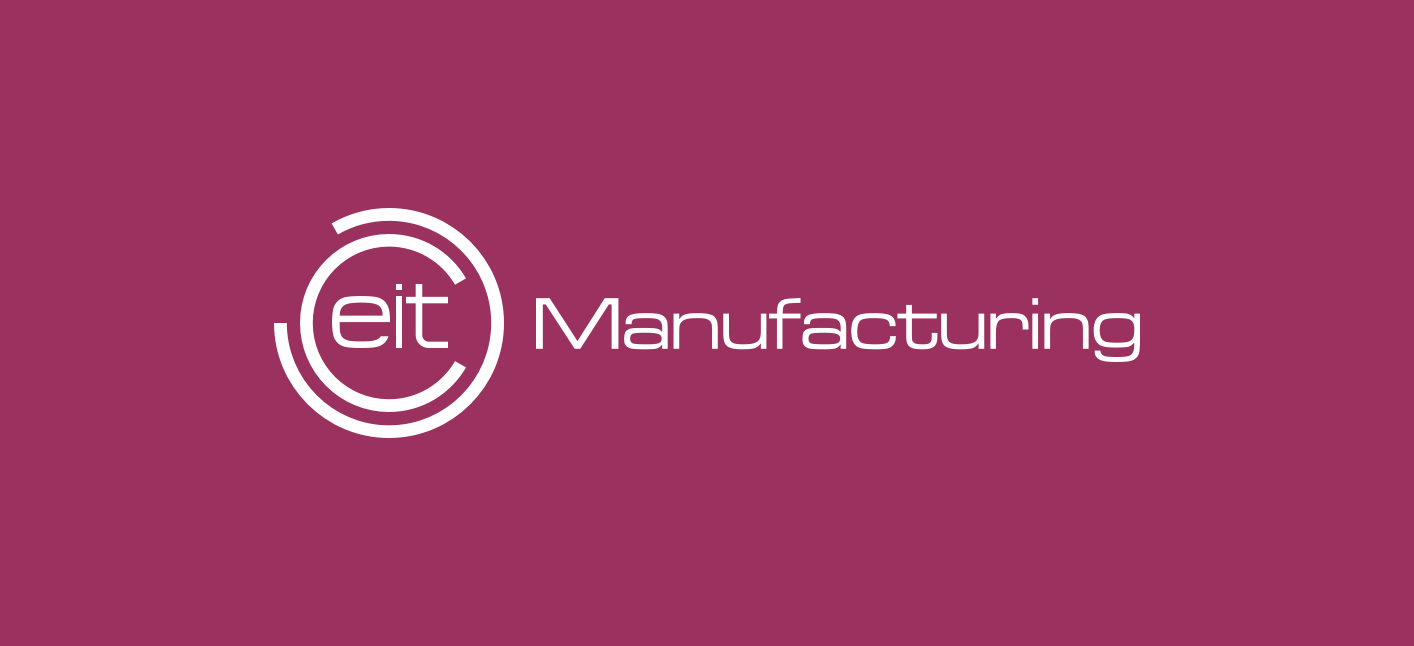 The European Institute of Technology (EIT) Manufacturing is leading the charge in equipping partner organizations for a high-tech future through its industry-specific tech radar, showcasing emerging manufacturing solutions.
The European Institute of Technology (EIT) Manufacturing is leading the charge in equipping partner organizations for a high-tech future through its industry-specific tech radar, showcasing emerging manufacturing solutions.The technology research focused on creating clusters around five high-level categories representing the Austrian economy. Leveraging our existing database, WKO was able to move from briefing to publication in just a few months, ensuring an agile response to market needs. The radar’s content is regularly updated, incorporating crowdsourced reviews and insights from academic experts, ensuring it remains relevant and valuable for Austrian businesses. Beyond the Technology Readiness Level (TRL), the research was strongly aligned with the UN’s Sustainable Development Goals (SDGs), positioning sustainability as a cornerstone of innovation.
 Collaborating with WKO, Austria's Chamber of Commerce, to create a dynamic technology radar that supports over 500,000 business clients across Austria by providing insights into emerging technologies and their potential impact.
Collaborating with WKO, Austria's Chamber of Commerce, to create a dynamic technology radar that supports over 500,000 business clients across Austria by providing insights into emerging technologies and their potential impact.We employed a custom research methodology, specifically designed to help users understand the complexity and interdependency of emerging technologies. By adding granularity to the research, the platform offered multiple pathways for achieving sustainable outcomes. The research also assessed the Technology Readiness Level (TRL) of each technology, incorporating historical data to show the evolution of each technology’s development. The platform educated users about technological advancements by categorizing innovations into domains and showing how these technologies could intersect with different sectors.
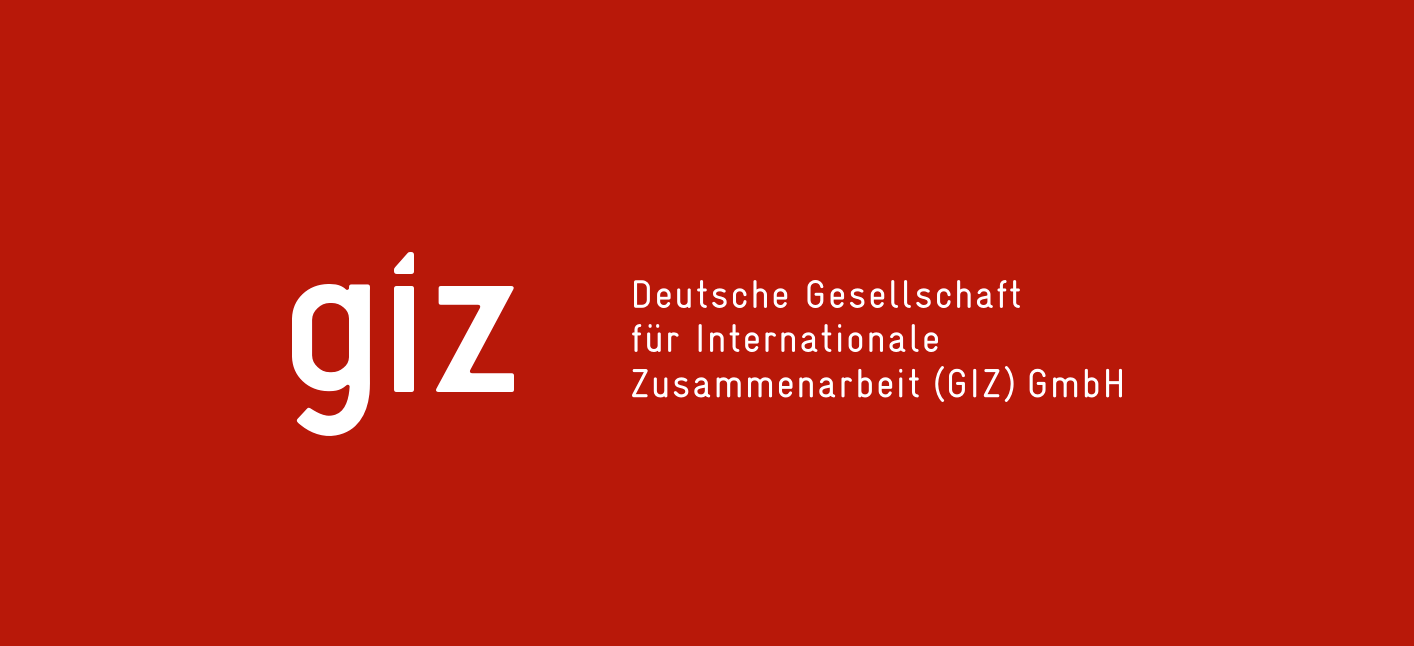 Analyzing the impact of emerging technologies on sustainable development for GIZ, Germany’s leading development agency.
Analyzing the impact of emerging technologies on sustainable development for GIZ, Germany’s leading development agency.We provided a 360º view of the global investment technology landscape, highlighting emerging trends from across the financial sector. The research team not only identified cutting-edge technologies but also conducted Technology Readiness Level (TRL) assessments to determine each technology’s maturity. By diving into the edge of innovation, we helped Nubank stay ahead of future trends and prepared them for potential disruptions in the investment sector.
 Collaborating with Nubank to develop a comprehensive technology radar that explores the future of global investment technologies, moving beyond cryptocurrencies and into broader financial innovations.
Collaborating with Nubank to develop a comprehensive technology radar that explores the future of global investment technologies, moving beyond cryptocurrencies and into broader financial innovations.We leveraged our existing technology database to help WIPO group and identify different assistive technologies within their patent data. This process enabled WIPO to build on a solid foundation, expediting the project timeline. The radar ultimately featured over 50 emerging assistive products categorized into six domains: communication, environment, hearing, mobility, self-care, and vision. Each entry was directly linked to the relevant patents in WIPO’s extensive database, offering a detailed view of how these technologies are legally protected and supported.
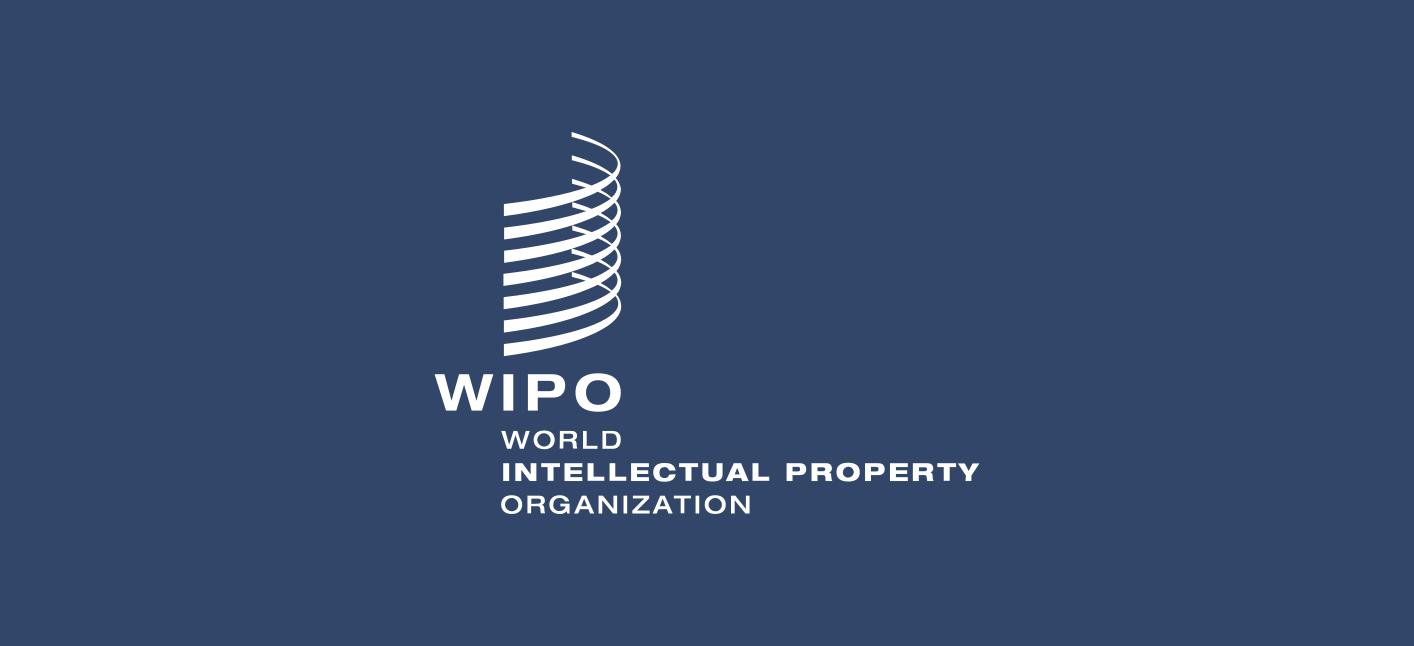 A collaborative project with WIPO, the World Intellectual Property Organization, to map out and visualize the landscape of Assistive Technologies and their corresponding patents.
A collaborative project with WIPO, the World Intellectual Property Organization, to map out and visualize the landscape of Assistive Technologies and their corresponding patents.Our tech research focused on investigating the potential impact of virtual economies on the real economy, exploring how blended realities will reshape industries and society. For The Strativerse project, we utilized our existing technology database as a foundation, expanding it to cover 80 emerging technologies. These technologies were categorized into six key clusters: Immersive Reality, Human Enhancement, IoT, Advanced Manufacturing, AI, and Distributed Systems. Each cluster included an in-depth analysis, complete with drivers and technological trends set to influence these areas over the coming decade.
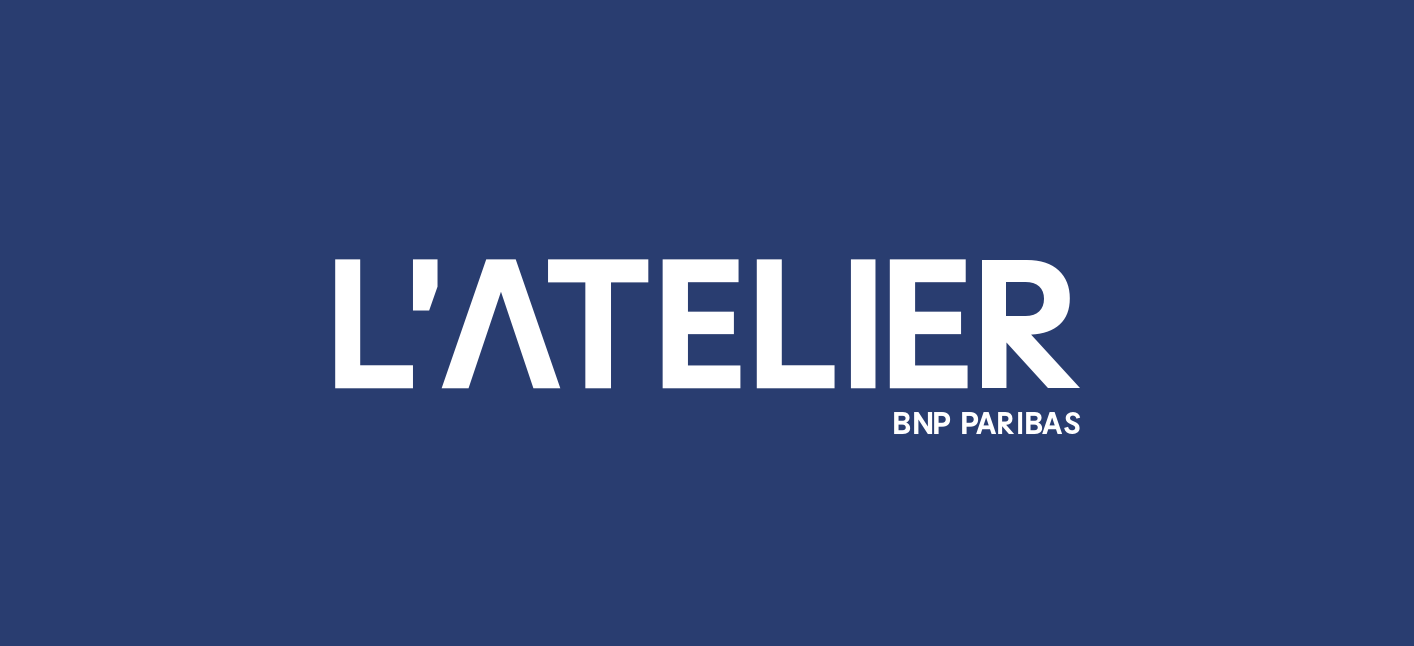 A deep dive into the emerging technologies that are driving the convergence of analogue and virtual worlds, blending realities to shape the digital future.
A deep dive into the emerging technologies that are driving the convergence of analogue and virtual worlds, blending realities to shape the digital future.We began the project by selecting 50 existing food-related technologies from our database to serve as the foundation for the radar. The focus was on evaluating stakeholder familiarity with these technologies, rather than discovering new ones. Through this process, we helped Nestlé identify opportunity spaces that could give them a competitive edge in food innovation.
 Collaborating with Nestlé to survey internal knowledge and evaluate new opportunity spaces in food tech, focusing on decision-making and technology prioritization for future product development.
Collaborating with Nestlé to survey internal knowledge and evaluate new opportunity spaces in food tech, focusing on decision-making and technology prioritization for future product development.The DEFTECH project involved ongoing research over five years, with expert feedback guiding the development process. This approach allowed us to refine radar content, experiment with various formats, and diversify our deliverables. Some radars featured comprehensive descriptions for each technology, while others took a more strategic approach, outlining challenges and opportunities. In addition, some radars were clustered around narratives, while others followed a more traditional approach of organizing technologies by domains.
 A 5 year long research partnership with armasuisse, through DEFTECH (Defense Future Technologies), exploring the impact of emerging technologies with several open-source radar installations.
A 5 year long research partnership with armasuisse, through DEFTECH (Defense Future Technologies), exploring the impact of emerging technologies with several open-source radar installations.We delivered comprehensive research across multiple areas of emerging technology, tailored to different audiences at WGS. We created over five distinct radar installations, each focusing on themes such as Agriculture & Geoengineering, AI Applications, and Digital Citizenship. A broader radar provided a 360º horizon scan covering key sectors like education, production, health, mobility, and logistics. These radars enabled participants to gain a holistic view of how emerging technologies could impact various aspects of the economy and society.
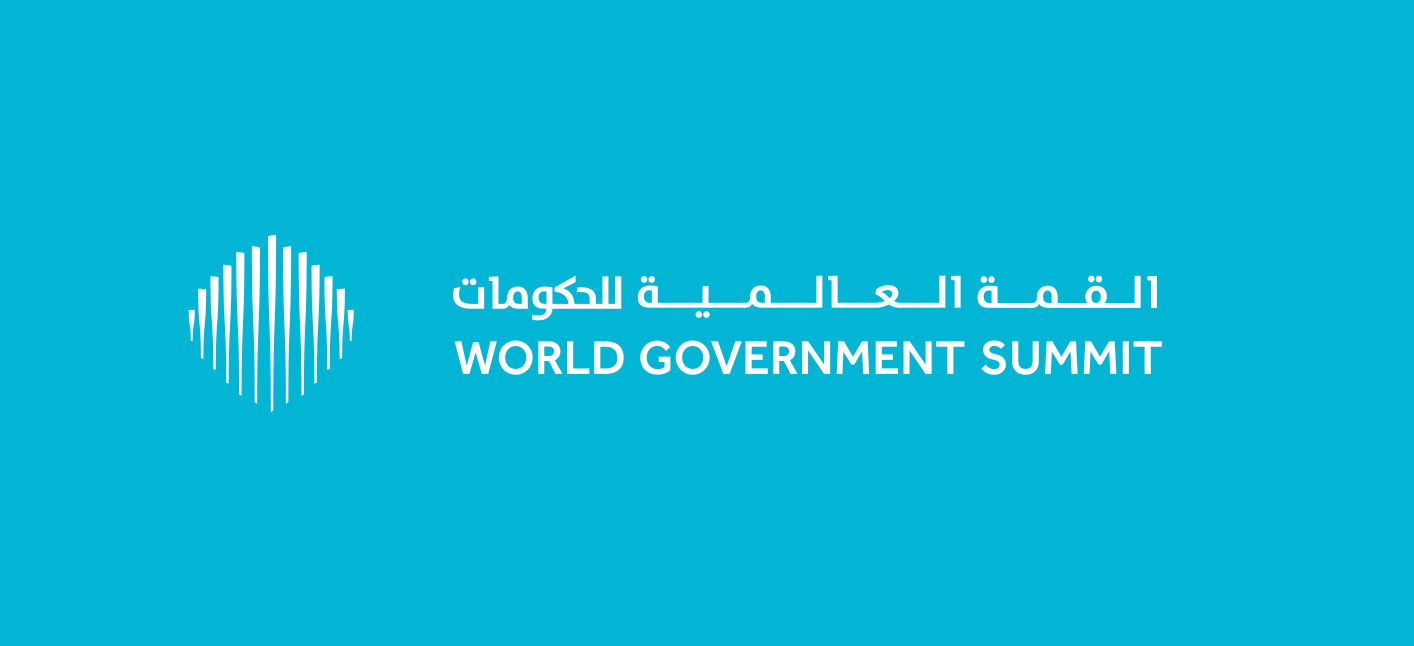 Masterclasses and technology insights for hundreds of government officials, presented at the World Governments Summit (WGS) in Dubai.
Masterclasses and technology insights for hundreds of government officials, presented at the World Governments Summit (WGS) in Dubai.We conducted in-depth research focused on the future of payment methods, exploring key areas of fintech and identifying emerging trends. Our research combined insights from our proprietary technology database with Visa’s internal expertise. The research highlighted emerging technologies such as automated shopping, universal exchange systems, behavioral money, wallet redesign, and bio-payments, all of which represent potential breakthroughs in the payments space. This holistic approach ensured Visa LATAM had a clear understanding of the technologies poised to impact their industry.
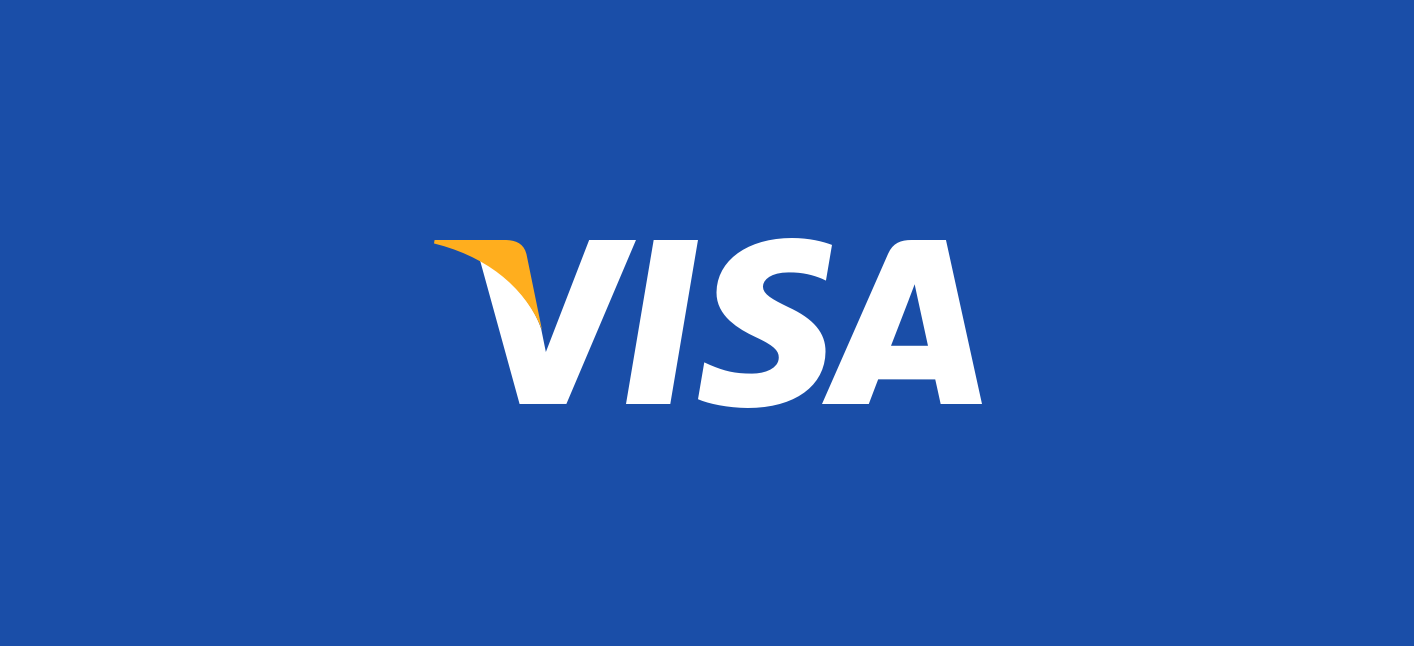 Collaborating with Visa LATAM's innovation team to explore and shape the future of payment technologies, fostering strategic insights and innovation across the payment value chain.
Collaborating with Visa LATAM's innovation team to explore and shape the future of payment technologies, fostering strategic insights and innovation across the payment value chain.We conducted interviews with AgTech experts to gather diverse perspectives on emerging technologies in food sustainability. These findings were combined with existing research to provide a robust overview of technologies shaping the future of food. The radar mapped out key technologies, exploring how they could drive efficiency and sustainability across the agriculture and food sectors.
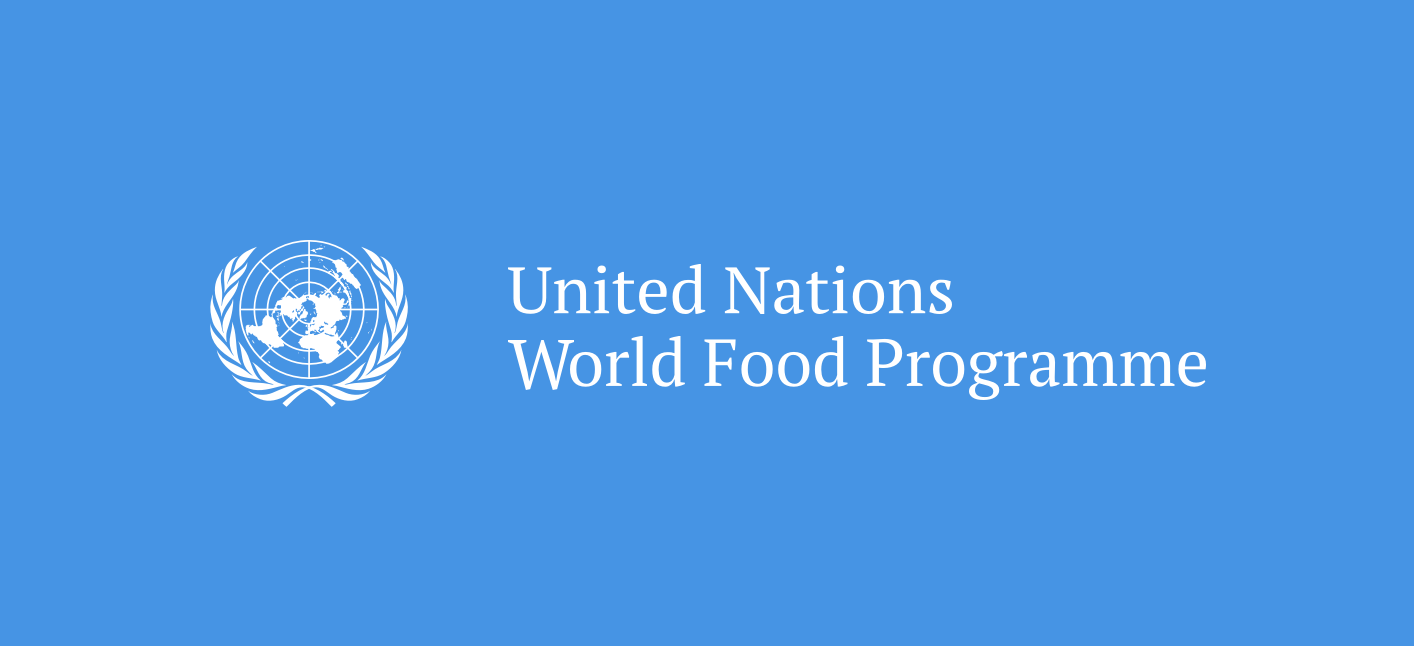 Developing a technology Radar for the World Food Programme's Innovation Accelerator to map transformative food and agriculture technologies, aligning with global sustainability goals.
Developing a technology Radar for the World Food Programme's Innovation Accelerator to map transformative food and agriculture technologies, aligning with global sustainability goals.